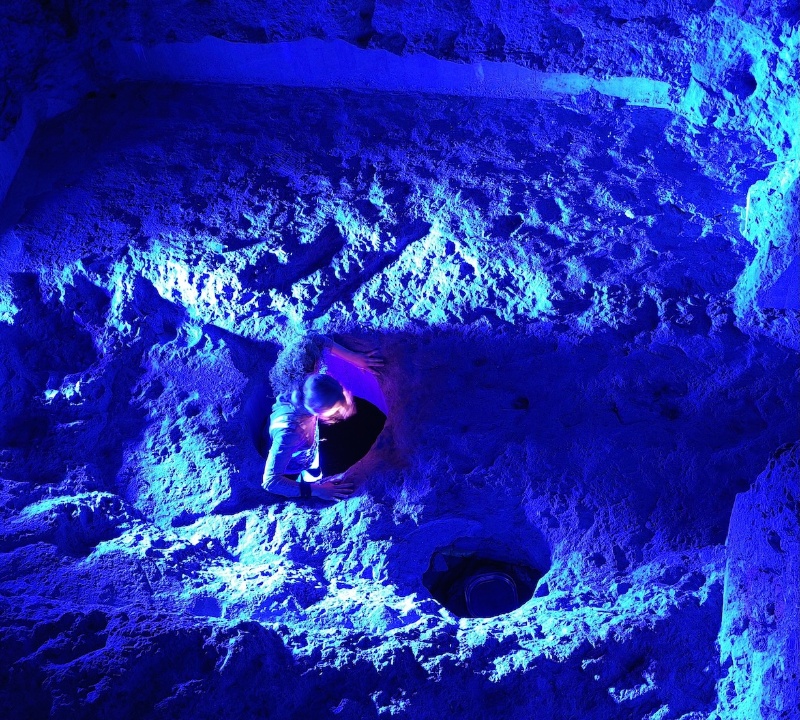The course is organised in 6 modules.
Module 1: Introduction to art, technology and designIntroduction to the intersections of art, science, technology and design.
Historical and contemporary examples of how art and science inform each other.
Module 2: Art, technology and design methodsComparative analysis of research methods in science(e.g. hypothesis-driven inquiry) and methods in art(e.g. process-driven creation, narrative inquiry). Design thinking: how both areas approach design and innovation. Creative experimentation methods.
Module 3: Techniques in art, technology and designPractical workshops on different techniques:
Introduction to data visualisation, scientific illustration, sonification of information, lighting design.
The basics of visual storytelling, immersive technology (XR), interactive installations and the use of metaphor in artistic communication.
Module 4: Student roles in art, technology and designDiscuss the roles of scientists and artists when working together. How do competences change in such collaborations? What power dynamics are at play?
Case studies of multidisciplinary teams analysing how individuals from both fields contribute and communicate.
Module 5: Project development - Communicating science through art and art through scienceEach student group develops a project that integrates artistic and scientific methods. The project will be designed to engage the scientific and artistic community as well as the general public.
Groups will have access to experts and receive guidance on both scientific rigour and artistic expression.
Peer feedback: For presentations, students will provide constructive criticism of each other's projects.
Module 6: Project presentation and documentationGroup project presentation: The project is presented in a public exhibition, with students explaining the scientific and artistic elements to an audience.
The project is presented in both a popular science format and an artistic format.
Group project documentation: Each group submits both a scientific report documenting the concept, method, results and analysis and an artistic report describing the creative process, aesthetic choices and how it communicates scientific principles.
